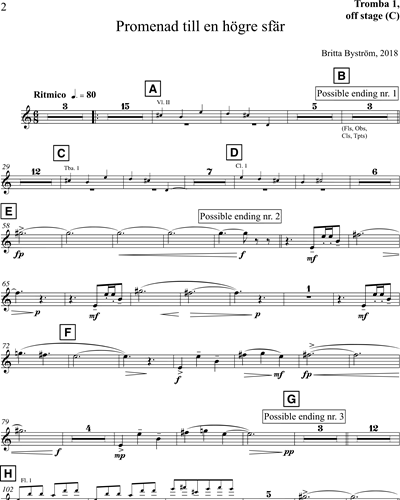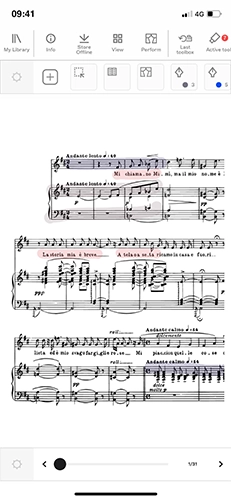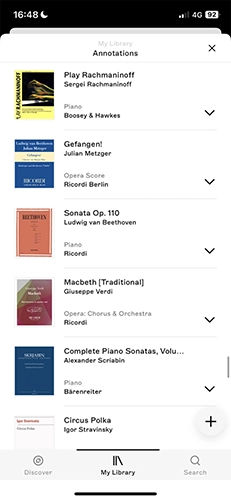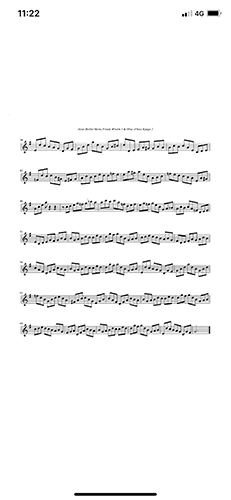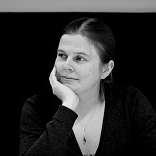
Britta Byström
75 pieces at nkodankoda sheet music library
over 100k editions from $14.99/month
Hassle-free. Cancel anytime.
available on
nkoda digital sheet music subscription


Editions
Annotate
Library
Perform
100k+ available Editions
More about Britta Byström
Britta Byström, born on 14 March 1977, is a prominent Swedish classical composer, renowned for her orchestral, vocal, and operatic compositions. Recognized for her significant contributions to the genre, she was awarded the Elaine Lebenbom Memorial Award for Female Composers by the Detroit Symphony Orchestra in 2015. Her musical journey began in her hometown of Sundsvall, Sweden, and she later honed her composition skills at the Royal Swedish College of Music. With a portfolio of over 100 works, some of which have been performed by leading orchestras and soloists, Byström has garnered notable accolades, including the Christ Johnson Prize and the Da-capo award at the Brandenburger Biennale. Her pieces, including 'Der Vogel der Nacht,' reflect influences from classical masters and concepts such as cosmology.

Britta Byström sheets music on nkoda
Edition/Parts
Composer/Artist
Part
Source
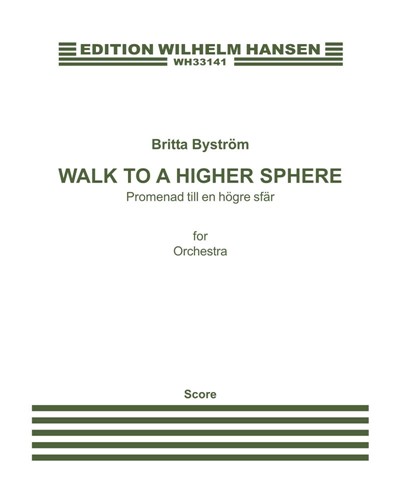
Walk to a Higher Sphere
Britta Byström
Orchestra
Edition Wilhelm Hansen
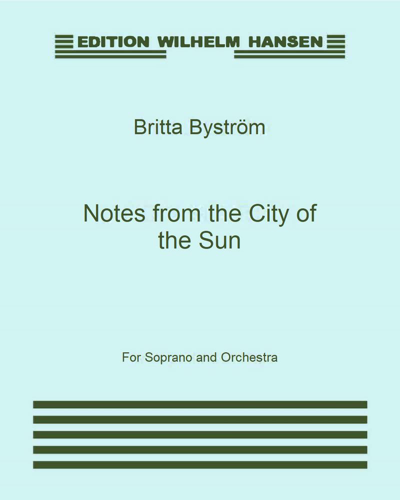
Notes from the City of the Sun
Britta Byström
Voices & Orchestra
Edition Wilhelm Hansen
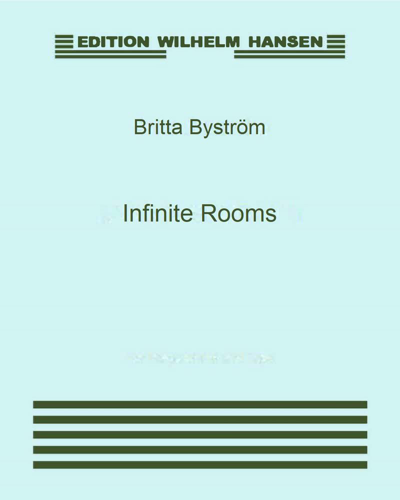
Infinite Rooms
Britta Byström
Full Score
Edition Wilhelm Hansen
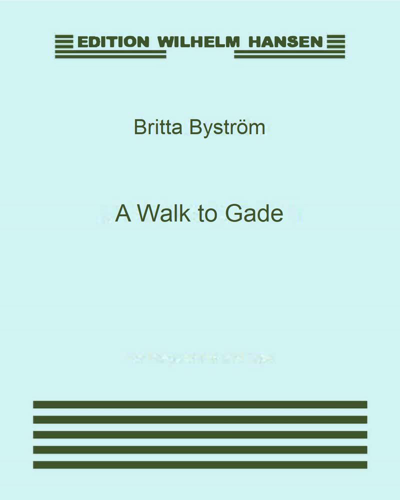
A Walk to Gade
Britta Byström
Full Score
Edition Wilhelm Hansen
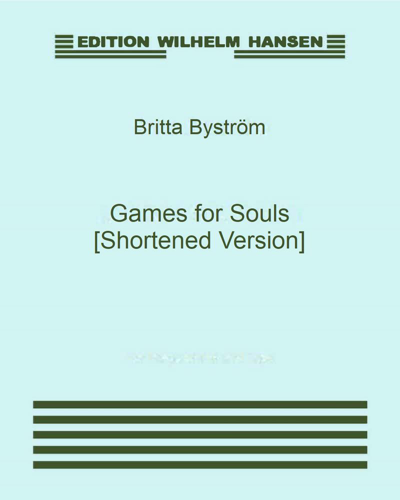
Games for Souls [Shortened Version]
Britta Byström
Full Score & Violin
Edition Wilhelm Hansen
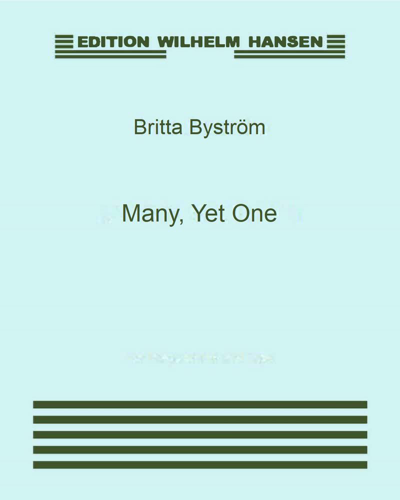
Many, Yet One
Britta Byström
Full Score
Edition Wilhelm Hansen
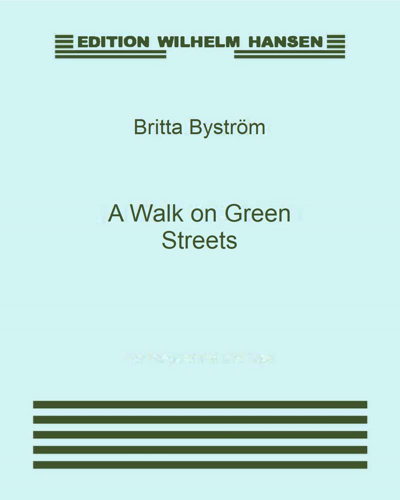
A Walk on Green Streets
Britta Byström
Full Score
Edition Wilhelm Hansen
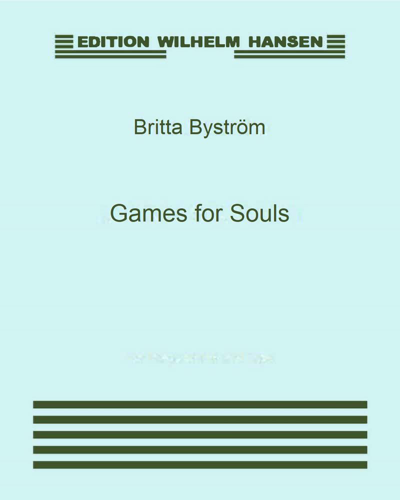
Games for Souls
Britta Byström
Full Score & Violin
Edition Wilhelm Hansen
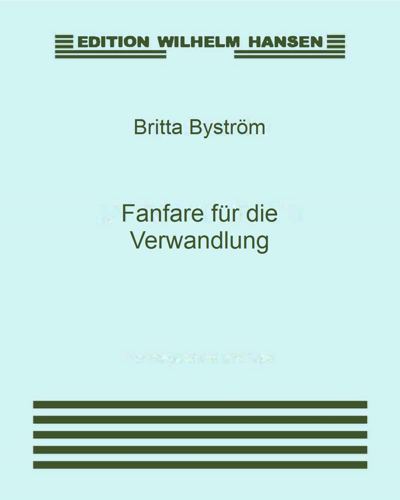
Fanfare für die Verwandlung
Britta Byström
Full Score
Edition Wilhelm Hansen
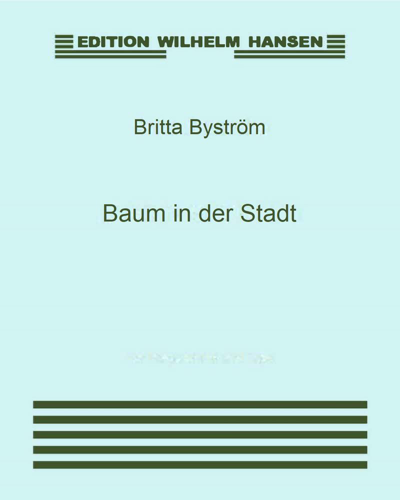
Baum in der Stadt
Britta Byström
Violin
Edition Wilhelm Hansen
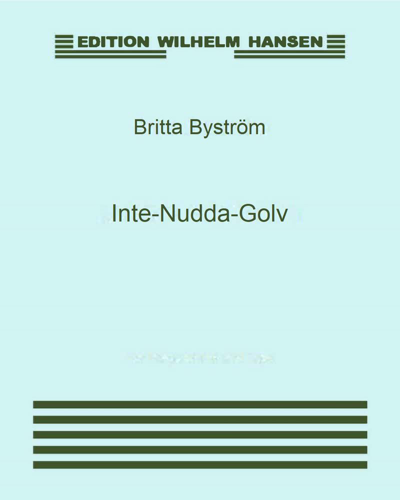
Inte-Nudda-Golv
Britta Byström
String Trio
Edition Wilhelm Hansen

Gállabártnit
Britta Byström
Opera Vocal Score
Edition Wilhelm Hansen
INSTITUTIONAL PARTNERS
PUBLISHERS PARTNERS
TESTIMONIALS


